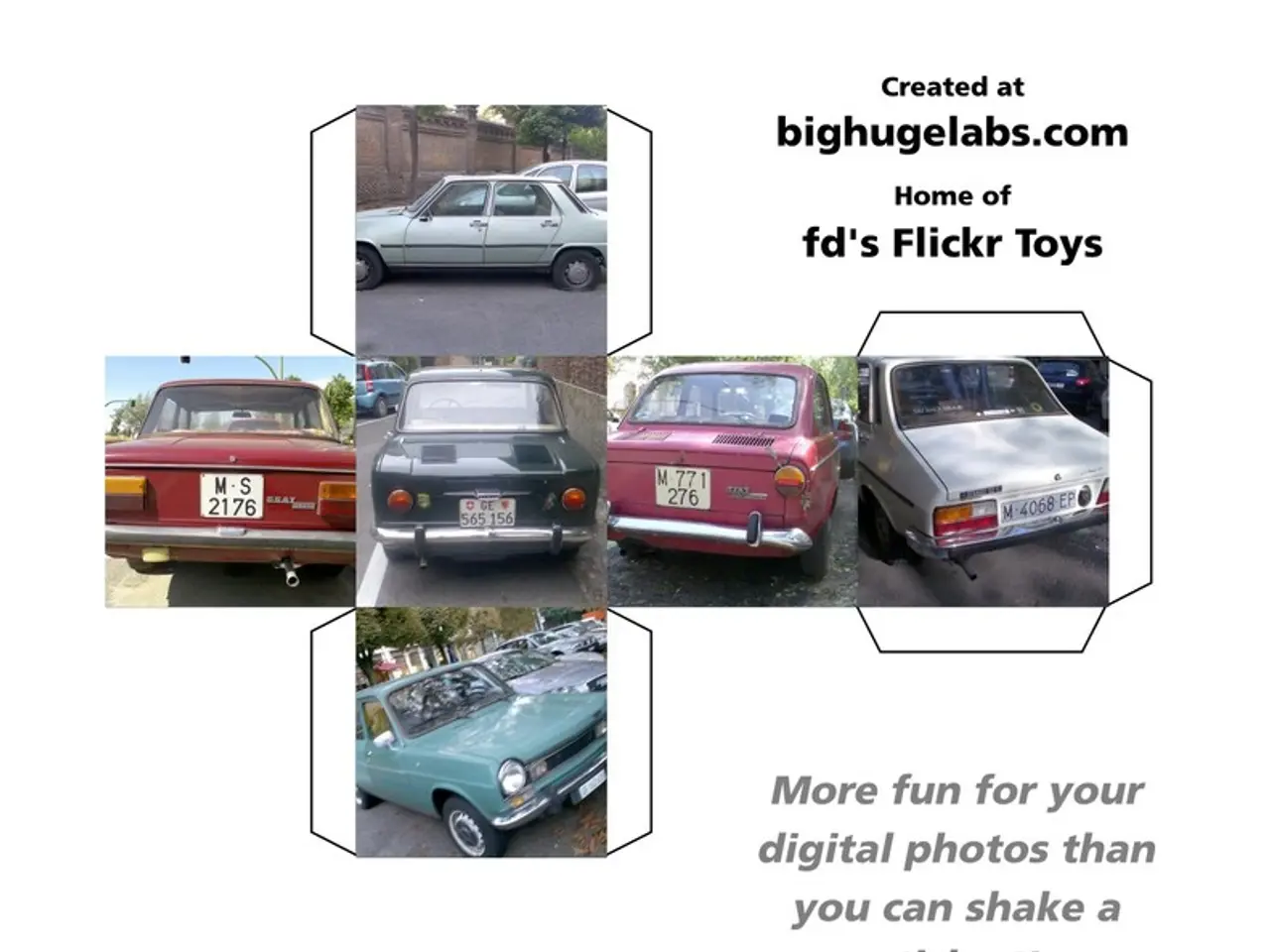Electrified Vehicles, Rather Than Tax Incentives, Could Be Pivotal for Expansion in the Electric Vehicle Sector
In the ever-evolving automotive landscape, dealerships are adapting their strategies to maintain profitability amid rising average transaction prices (ATP), increasing costs, and the emergence of electric vehicles (EVs).
Dealers are diversifying their revenue streams, moving away from a sole reliance on new-vehicle sales. Instead, they are focusing on used vehicles, fixed operations (parts and service), and finance & insurance (F&I) products, which offer higher margins and more stable profits despite the challenges in the new-car market.
The new vehicle segment has become the weakest in terms of margins due to rising costs and pricing pressures. These include increasing manufacturer suggested retail prices (MSRP) and increased incentives, particularly on EVs where average transaction prices have dropped slightly and incentives have risen to record levels. Dealers are absorbing some of these rising costs to avoid shocking buyers with price increases.
Used vehicles represent a critical profitability lever, with prices holding strong or even increasing in many segments. Dealers find solid margins in used cars priced below $15,000, which attract price-sensitive consumers pushed out of the new $48,000 average segment. Dealers also incorporate tailored F&I product bundles at acquisition to maximize profitability on these vehicles.
Fixed operations (service, parts, collision repair) are another growth and profit driver. About 85% of dealers identify parts and service as key to future growth. Dealers enhance fixed ops profitability by leveraging customer relationship management (CRM) for targeted marketing campaigns, adopting OEM training and tools specifically for EV-related repairs, and partnering with fixed ops consultants to improve efficiency and customer retention.
The growing number of EVs and expanding charging infrastructure also require dealerships to invest in specialized skills and equipment, representing both a cost and an opportunity for profit in service.
Incentives, which are costs given to buyers, are holding relatively steady at 6.9% of the average transaction price. Dealers are reassessing pricing transparency and exploring how to position F&I products and loan term flexibility to preserve profitability as MSRP rises faster than ATP.
Dealers should also prepare for tariff pass-through pressure as more vehicles affected by tariffs arrive. Moody, executive editor at Kelley Blue Book, believes used electric cars offer a good deal due to fast depreciation and long battery warranties.
In June, the average MSRP was $51,124, the second-highest level on record. However, the Model Y, Tesla's popular EV, had its best month with 25,095 deliveries, despite an average transaction price of $53,224. The Mitsubishi Mirage, on the other hand, has seen its production halt, leaving only a few units nationwide with an ATP of $18,484.
Erin Keating, executive analyst at Cox Automotive, notes that as average MSRPs continue to climb, the modest increase in transaction prices suggests businesses are absorbing more of the burden. This strategy could unlock new volume in the used EV market, as educating consumers on warranty transfers, total cost of ownership, and affordable trims becomes increasingly important.
As we move forward, dealers will continue to navigate these challenges, striving to balance consumer demands with the need for profitability in this dynamic and evolving market.
[1] Cox Automotive (2021). Dealerships' Profitability: Adapting to a New Era. Retrieved from https://www.coxautoinc.com/insights/dealership-profitability/ [2] Kelley Blue Book (2021). 2021 New Car Market Report. Retrieved from https://www.kbb.com/car-news/industry-trends/2021-new-car-market-report/ [3] National Automobile Dealers Association (2021). Dealership Fixed Ops: Adapting to the Changing Landscape. Retrieved from https://www.nada.org/industry-resources/dealership-operations/fixed-operations/ [4] Ward's Intelligence (2021). Q2 2021 Dealer Business Report. Retrieved from https://wardsworld.com/dealer-business-report/
- In light of the growing EV market, dealers are examining finance and insurance (F&I) products to offer more affordable trims and sounder total cost of ownership for customers, potentially boosting profits in the used electric vehicle segment.
- As dealerships focus on maximizing profitability in the face of rising costs and average transaction prices (ATP), they are expanding their finance offerings for electric vehicles, which could lead to increased sales and revenue in this growing segment of the automotive market.




